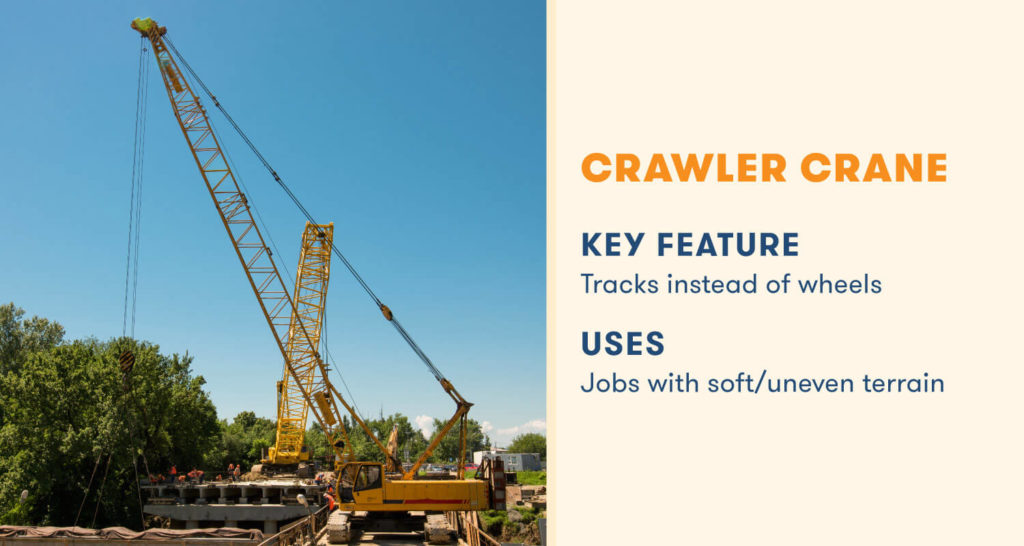The first step in becoming a crane operator is to obtain a municipal license. In some provinces, certification is mandatory, but some are voluntary. Obtaining a crane operator license shows employers that you are skilled in this field, which may help you land a job. The certification process generally involves completing an apprenticeship program, which is a one to a three-year program that combines classroom training and on-the-job training. After successfully completing the program and passing all examinations, you’ll earn a journeyperson’s certificate. While many provinces require a combination of on-the-job training and high school courses, some don’t.

Industrial projects like power plants, oil, and gas, and petrochemical facilities require specialized equipment, such as cranes. Cranes are essential for these projects, as they often require greater heights and dimensions than residential homes. A crane can speed up the construction process by safely moving large pieces of equipment. For example, a large crane can support the weight of a large tree being transplanted, allowing it to be lowered into a hole prepared for planting.
Although cranes are typically visible on construction sites, many jobs require skilled crane operators. Operators work in industries such as manufacturing, transportation, and shipping, as well as logging and mining. Despite these diverse professions, most crane operators have a common educational background. Crane operators usually earn a high school diploma and some certifications. Although there are differences between these two fields, both can lead to lucrative and stable careers.
The salaries for crane operators vary by industry. Crane operators in construction, for example, typically earn more money than equipment operators. They are typically highly trained in CDL, Heavy Equipment, Safety Rules, and the use of a variety of tools. They may be more likely to be involved with Lattice Boom, Crawler, and Hand Tools. They may also have specialized knowledge of Crane Safety and the proper usage of sand.
In the steel industry, cranes are often required to work in extremely high temperatures and high levels of dust. They are also commonly used to deliver molds and provide casting parts. In addition to steel industry cranes, they are used extensively on construction sites. Whether the job involves residential or commercial buildings, they require a crane that can lift the weight of these construction materials. If you’re interested in a career in this field, crane operators should consider becoming construction site laborers to gain valuable experience in using heavy plant machinery.
The boom of a crane is a vital component that helps move items. This part is known as the hoist and is situated behind the main boom. Without it, the crane can’t lift anything. The other part of the crane is the jib, which extends horizontally and provides extra space between the crane and the load. Jibs are especially useful for moving larger or longer loads. This helps you reach the location of your choice without having to worry about tipping over the load.
